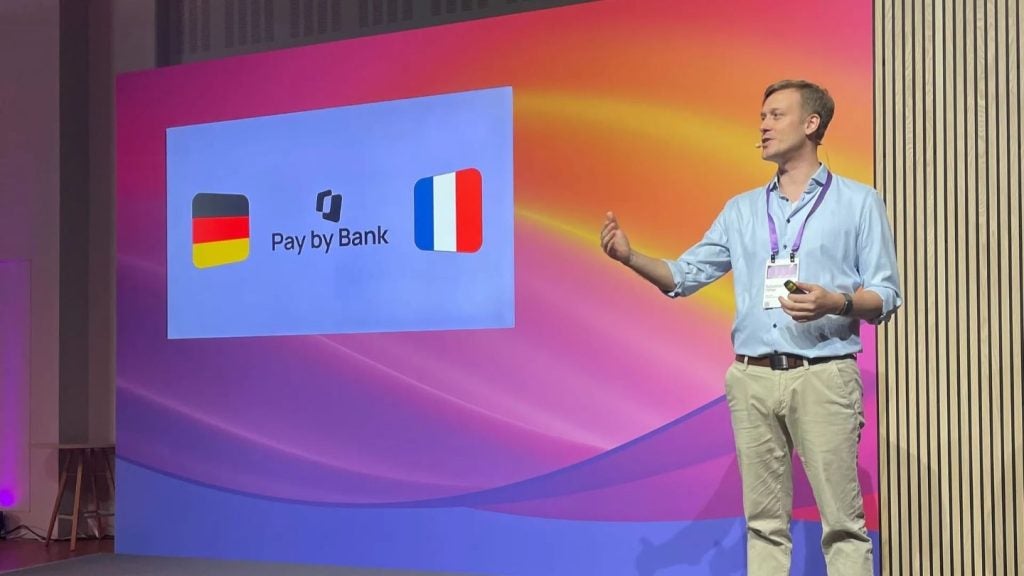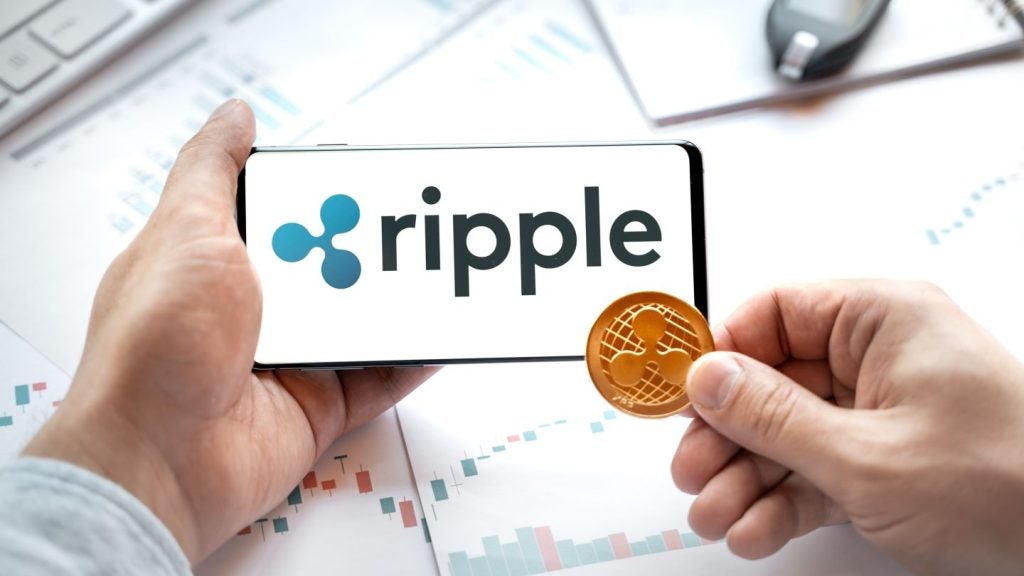Remittances prop up the world’s most fragile economies. Yet the high fees associated with sending money abroad have created an opportunity within the FX market, and digital-first disruptors are seizing it. Franchesca Hashemi quizzes Xendpay’s CEO, Rajesh Agrawal, about the viability of his ‘pay what you want’ money transfer model
The emergence of digital-first companies is reshaping the FX. Nowadays remittances represent twice the global aid budget, according to the World Bank, which recorded that $583bn was transferred in 2014. Of this figure, 75% ($436bn) flowed to developing countries, proving the magnitude of the remittance industry.
Rajesh Agrawal, founder and CEO of Xendpay, a challenger money transfer service launched in 2011 that allows customers to pay what they want – if anything – in fees, believes offering interbank exchange rates, which are effectively a zero spread on the FX, will force the industry’s main players to change tactics.
Talking to EPI, he says: "We set up Xendpay with a single objective: to lower the cost of remittances around the world.
"I remember the day we launched and everybody thought I had gone mad. I was interviewed on CNBC and I was told that no-one would pay because technically they don’t have to. But I disagreed. I have huge faith in mankind, and it has proven me right."
Competition and Controversy
According to Agrawal, 90% of Xendpay users pay something while 70% choose the "recommended" remittance charge. This is usually between 0.3% – 0.4% and can be amended so that a customer pays less or more.

US Tariffs are shifting - will you react or anticipate?
Don’t let policy changes catch you off guard. Stay proactive with real-time data and expert analysis.
By GlobalDataTransfer incentives are cementing microfinanciers’ place in the market, creating more competition and providing consumers with greater choice. This is vital for the FX, which has typically been dominated by banks and money transfer operators (MTOs) like Western Union and MoneyGram. Yet both company’s revenues, according to the Wall Street Journal, for Q2 2015 (up 1% to $1.41bon for Western Union while MoneyGram fell 3.7% to $358.8m) reflect the remittance market’s stunted growth, thought to pick up in 2016, due to weak European and Russian economies.
Bricks and mortar networks have been known to operate complex and costly infrastructures. This, according to Agrawal, restricts financial inclusion: "The majority of remittances are sent to countries with a lack of social and economic infrastructure.
"This creates a huge cause to lower high fees, because the market helps with the maintenance of families, setting up enterprise, generating profits and improving social mobility."
The World Bank is one of few financial institutions that regularly collate up-to-date remittance statistics. Its second quarterly report for 2015 found the average global remittance cost was 7.68%. This is a stable result in comparison to the first quarter of the year (7.72%) but still a long way off from the 5% global average goal championed by leaders of the G8 and G20, commonly referred to as ‘5×5 Objective’.
It has been widely reported that migrants sending money to Africa spent $1.8bn in fees during 2014. This is enough to pay for the education of 14m primary pupils in the region, according to the Overseas Development Institute (ODI), an independent think-tank based in London. In 2014, the same body accused Western Union of imposing a 12% per $200 ‘super tax’ on African remittances. Western Union strongly denied the claim, and argued that its fees averaged 5%-6% over the last four years while specific transfer corridors are not targeted.
Speaking to EPI, a Western Union spokesperson stresses that a comparison between itself and challengers should be considered on a product-for-product basis: "Western Union’s pricing varies among the 16,000 corridors in which we operate and the cost factors the complexity of the marketplace."
Key determiners of Western Union’s pricing include market dynamics, customer product value and customer distribution value. The spokesperson continues: "It is well-documented by development institutions and researchers that remittance costs generally have been decreasing for more than a decade as part of the natural evolution of a developing market."
Costly Corridors and Cheaper Alternatives
Today, three quarters of the World Bank’s 227 recognised country corridors have an average remittance cost of less than 10%. It is a marked difference compared to six years ago, when only half the corridors operated below the 10% rate.
Yet Sub-Saharan Africa remains the world’s most costly area to send money to, with an average fee of 9.74%, according to the World Bank. This particular region epitomises the high degree of market concentration, amplified by exclusivity agreements that allow MTOs and local agents a significant foothold. Yet parts of the continent are showing political resistance, with governments in Ghana, Nigeria, and Senegal leading the way.
Contrastingly, South Asia is the least costly region (5.74%), according to the World Bank’s figures for Q2 2015.
Agrawal says: "The market is developing and there are two key points to remember: one is the reach has got wider, so people who never had banking facilities before now have access. The second point is technology lowers costs."
Unbanked Nations
The potential for mobile-centred companies to rejig FX services is palpable.
Agrawal reasons that in African and Asian countries, where mobile phone penetration is very high but banking penetration is low, digital-first removes the need for banks.
He says: "It is a smaller part of our business but a growing one. Countries like India and Kenya are really embracing the technology.
"The day we launched Xendpay’s website it was available in seven languages. Now there are vast amounts of transfers taking place from France to other "Francofiled" countries in Africa. It is a huge market.
Yet Xendpay’s CEO warns that regulations are getting tighter, and while social media and technology enable a level of compliance, these modern tools are also part of the problem: "Unfortunately, due to terrorism, there are strict controls around sending money to particular countries. As a result, many people are suffering. For example, there are restrictions for people sending money to Somalia, yet 50% of the country’s GDP is through inbound remittances.
"This isn’t a new corridor, it is an obvious one. Whenever there is a time of crisis, remittances see a surge.
"It creates a challenge, but for me this isn’t just about my business. It is a mission."
Q & A
Franchesca Hashemi speaks to Maria Quattri, economist and co-author of Remittances: the huge cost to Africa in money transfer fees.
The money transfer industry is worth $538bn. Yet ‘unethically expensive’ fees, as UN diplomat Kofi Annan put it, charged by traditional MTOs are causing a socio-economic uproar.
In 2009, leaders of the G8 summit in L’Aquila made a pledge to lower the global average cost of remittance from 10% to 5% in 5 years. The goal has not been achieved – current figures show a global average remittance fee of 7.68%.
However, as a result of political intervention, the World Bank monitors the cost of remittances, publishing quarterly reports while providing a comprehensive analysis of the money transfer market. One of many solutions, championed by NGOs and touched on by the main MTO players, is increased competition.
FH: The global community pledged to cut remittance fees to 5% by 2014. This didn’t happen, why not?
MQ: The Overseas Development Institute’s (ODI) research on remittance charges by Kevin Watkins and myself looked at a range of restrictive business practices on the part of Western Union and MoneyGram. It really strikes us that this is an area in which regulatory reform in the EU and the US, coupled with parallel reforms in Africa, could make a huge difference. Several central banks and competition authorities in Africa have taken up the issue and the L’Aquila targets showed political commitment, but the 5X5 target has yet to be met. Our sense is that far more could be done.
The policy recommendations that we propose in the report flow from our assessment of the underlying problem. Fundamentally, the problem comes down to three related issues: lack of competition, insufficient transparency and restrictive business practices.
FH: What are your key FX recommendations?
MQ: Legislation requiring money transfer operators to declare in a transparent fashion the charges imposed through foreign currency conversion rates. This is an issue addressed in the Dodd-Frank legislation in the US. In this regard, we wonder whether the Commission could introduce an amendment to its proposals on Interchange Fees and Card Payments (MIF) to cap these excessive fees, including those associated with exchange rate spreads.
– Reviews by financial regulators to investigate whether or not money transfer operators (like WU and MG) are securing unreasonable margins on transfers to Africa by exploiting their market power.
– A call for African Governments to revoke exclusivity agreements that bind banks and agents to certain money transfer operators. These are sole-use agreements which stipulate that once a bank or agent works with, say, Western Union or MoneyGram, they cannot work for other providers. This in turn restricts entry into the market place. We support the initiatives of some African Governments (Ghana, Nigeria, Tunisia and Senegal) to revoke these restrictive business arrangements.
We also propose that African governments should allow micro-finance institutions to enter the remittance market, not least because, only 11 percent of all Sub-Saharan African population (aged 15+ and excluding South Africa) has an account at a formal financial institution.
We are still waiting for clear progress on the three points above. This helps explain why the 5% target by 2014 has yet to be met.
FH: Could Britain spend less on overseas aid if remittance fees were cut? In effect, allowing migrant workers to send more of their money back home?
MQ: Overseas Development Assistance and remittances are not mutually exclusive, they are reinforcing each other. ODA plays a vital role for development, even more so within the Sustainable Development Goals framework. Aid could guarantee that opportunities (to health and education for instance) are provided to every member of a community in a developing country, and not only those that are remittance- recipients.
FH: What do you think of challenger transfers services, such as Xendpay that offers a ‘pay what you want model’, in comparison to traditional MTOs?
MQ: WU and MG cover two thirds of all pay-out locations. This indicates a high degree of market concentration. The lack of market competition limits the ability of customers to influence and reduce remittance costs.
Xendpay, as well as M-Pesa, WorldRemit etc. are all attempts to provide customers with more choices, and open the remittance market to competition. They are all welcome if the information provided to customers is clear and transparent, if customers do not incur in hidden costs and if customers can access the same service (ex. mobile money transfers) from a variety of providers offering that service.
The Cost of Sending Money Abroad as of 3 July 2015
The data shows the world most expensive and inexpensive regions to send money to. It covers 227 corridors from 32 remittance sending countries to 89 receiving countries. The average is based on a transfer of $200, transaction fee and exchange rate margin.
5 Most Costly Country Corridors
- South Africa to Zambia 19.35
- South Africa to Malawi 17.95
- Singapore to Pakistan 17.45
- Switzerland to Serbia 17.16
- South Africa to Botswana 17.12
5 Least Costly Country Corridors
- Saudi Arabia to Pakistan 1.82
- Singapore to Bangladesh 2.16
- UAE to Pakistan 2.55
- Saudi Arabia to Nepal 2.66
- UAE to Nepal 2.73
Source: World Bank







